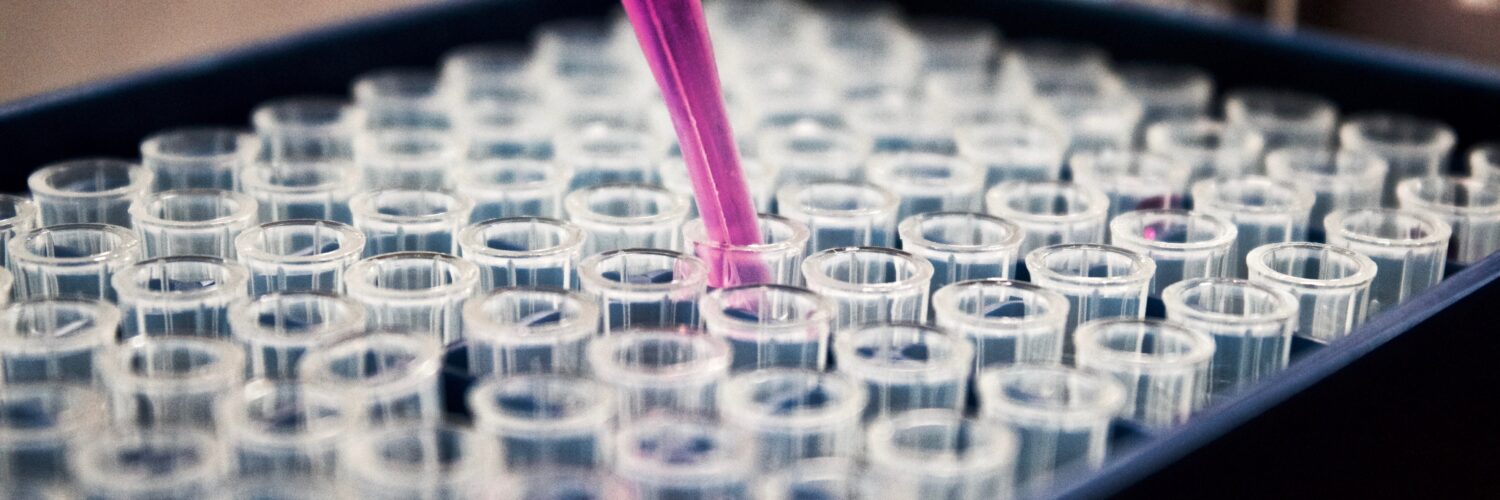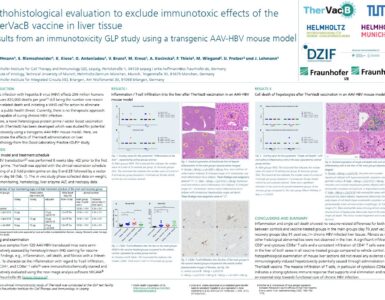AI is on the rise in pretty much every scientific field (at least it feels that way). We talked to Nathalie Falk, one of the voices behind the MIKAIA University application notes, molecular biologist with a PhD in neurobiology, and with postdoc experience in immunology and nephrology, about the integration of artificial intelligence in the life sciences and the implications this has on the field’s scientific research.
The last years brought significant advancements in the field of light and fluorescent microscopy. By now, we’re talking about digitizing microscopic images and AI-based image analysis. How can we make use of AI in the field of life sciences?
Nathalie Falk: In the life sciences, particularly biology, AI can help with three key issues, I think: reducing time, improving accuracy, and minimizing errors in research results. To give you an example of a typical task in molecular biology: I used to work a lot with cilia. These are microscopic, hair-like structures found on the surface of many cells in the human body. Cilia play an important role in various biological processes, for instance in the movement of fluids or the transportation of particles when you’re coughing, for example. Defects in cilia can lead to various medical conditions and affect different organs. We can recreate these conditions in cell cultures, which allows us to compare healthy and damaged patient cells. One important step in this process is measuring the length of the cilia in microscopic images. In traditional manual microscopy, this process takes an incredibly long time and is prone to errors. With an AI-based software, this would’ve been significantly improved – both with regard to efficiency and accuracy.
What are other benefits of integrating AI in life science?
In general, I believe that digitizing slides and AI assistance is super beneficial, whether it’s in molecular biology or digital pathology. Computers just don’t get bored with labor-intensive and time-consuming tasks. So, they’re more effective and significantly reduce the risk of intra- and inter-user variability that we see with individual researchers. Another, and in my eyes, huge advantage: We are faster and more flexible in our working environments. You don’t necessarily need to be in a lab to do your analyses, and if you are, you don’t need to be in the same lab. We can share samples easily for consultation or collaboration. This makes us faster when it comes to diagnostics or publishing results.

And what are some concerns users might have about the use of AI in research? How can software developers address them?
A major concern is the reliability of the results, another is the lack of transparency in the software’s decision-making process. So, number 1: We need to do a good job communicating that the expertise of, in our case, pathologists or molecular biologists is involved even before researchers get their hands on the software. They play a vital role when pre-classifying the data or when implementing and fine-tuning the functionalities of the software – so it’s not just all computer science.
And I actually still catch myself manually correcting annotations whenever I come across a misidentified or overlooked cell. It probably doesn’t have any statistical impact on the results, but as a biologist, I simply can’t help myself and have the urge to fix the error. So, the possibility to correct the auto-detected results is very important for me.
In my experience, though, I’ve noticed that the more I familiarize myself with the software, the better the results become – so my research benefits from it. And: The more fun the analyses get. That’s what actually motivated us to “found” the MIKAIA University as a central learning hub and to provide users with application notes. We want to help researchers effectively use the software and to make sure that they can understand and verify the results.
Integrating AI in life science can help with three key issues: reducing time, improving accuracy, and minimizing errors in research results.
Nathalie Falk
Talking about MIKAIA University: Nathalie, you are one of the authors behind the MIKAIA application notes and have thus become a proficient user of an AI-based microscopic image analysis software. What do you think an ideal software should look like more specifically to provide optimal support for life science researchers?
When it comes to the software itself, I don’t think we should be aiming for perfection – there’s simply to many different expectations, preferences, and application scenarios. One thing that’s important, though, is user-friendliness and intuitiveness. The software design should be simple and easy to navigate. To give an example: MIKAIA does not switch back and forth between different views. Instead, the viewer is always in the center and other areas such as the slides workspace, annotation classes, image analysis, or job queue can be hidden or shown as sidebars.
Apropos sidebar and user-friendliness: The image analysis sidebar is the most complex control panel. Each app has their own configuration parameters. But the overall structure is always the same and I simply work from top to bottom in the sidebar: Select the app, configure it, start an analysis or a RoI, FoV, slide or batch, and then look at the results. Then maybe tune the configuration settings a bit, if necessary, and repeat the previous analysis simply by clicking the “repeat” button. When I’m happy, I can save my config as a preset.
One last example: when I create my own AIs with the AI Author, my models do not get lost as a tiny entry in a long list available via a dropdown menu. Instead, I can select an icon, enter a description text, and make my AI available directly from the App Center, where I also find all the other built-in apps. It’s little things like that that make me enjoy working with software.
Thank you, Nathalie, for sharing your perspective with us. Looking forward to reading form you again!
With contributions from Peer Graulich.







Add comment